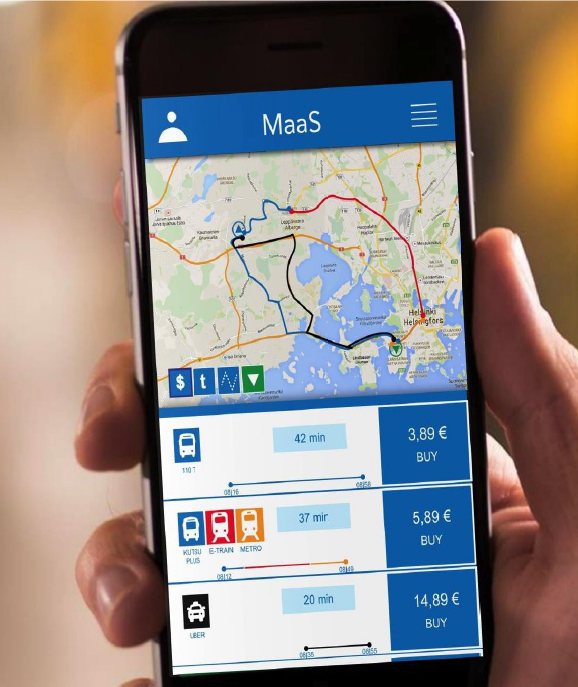
Article Highlights
Backers of mobility-as-a-service, or MaaS, have begun to promote their platforms as a way to enable customers to avoid crowded trains and buses and instead find transport options the customers might consider less risky in the aftermath of the Covid-19 lockdowns.
The Covid-19 pandemic caused ridership to drop by more than 90% in some cities.
• HaCon
• Siemens
• MaaS Global
• MaaS Alliance
• KMPG UK
With Covid-19 lockdowns causing mass transit ridership in many cities to virtually fall off a cliff–with such cities as London, New York and San Francisco reporting drops of more than 90%–transport providers worry that some riders may not come back, even after the pandemic ends.


















